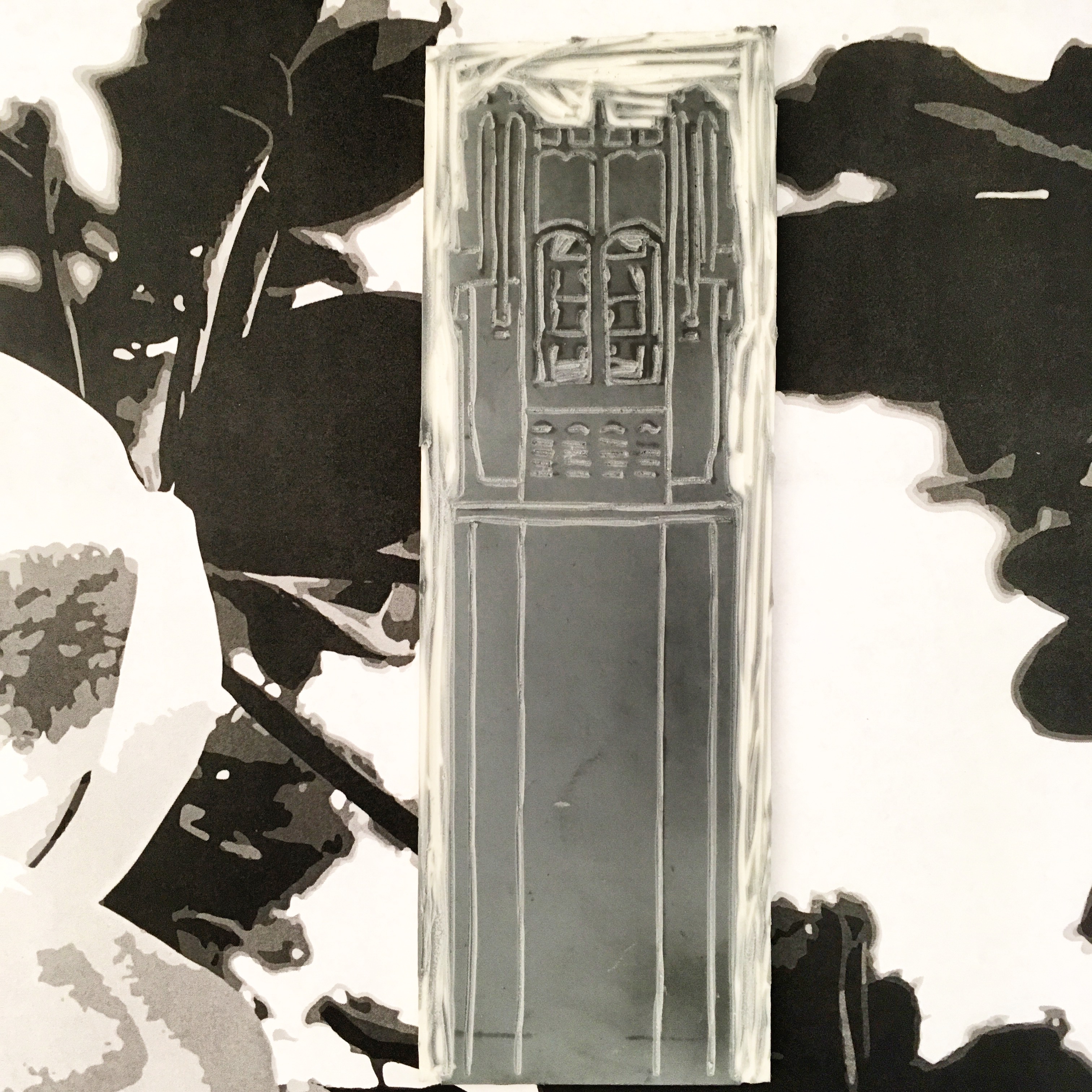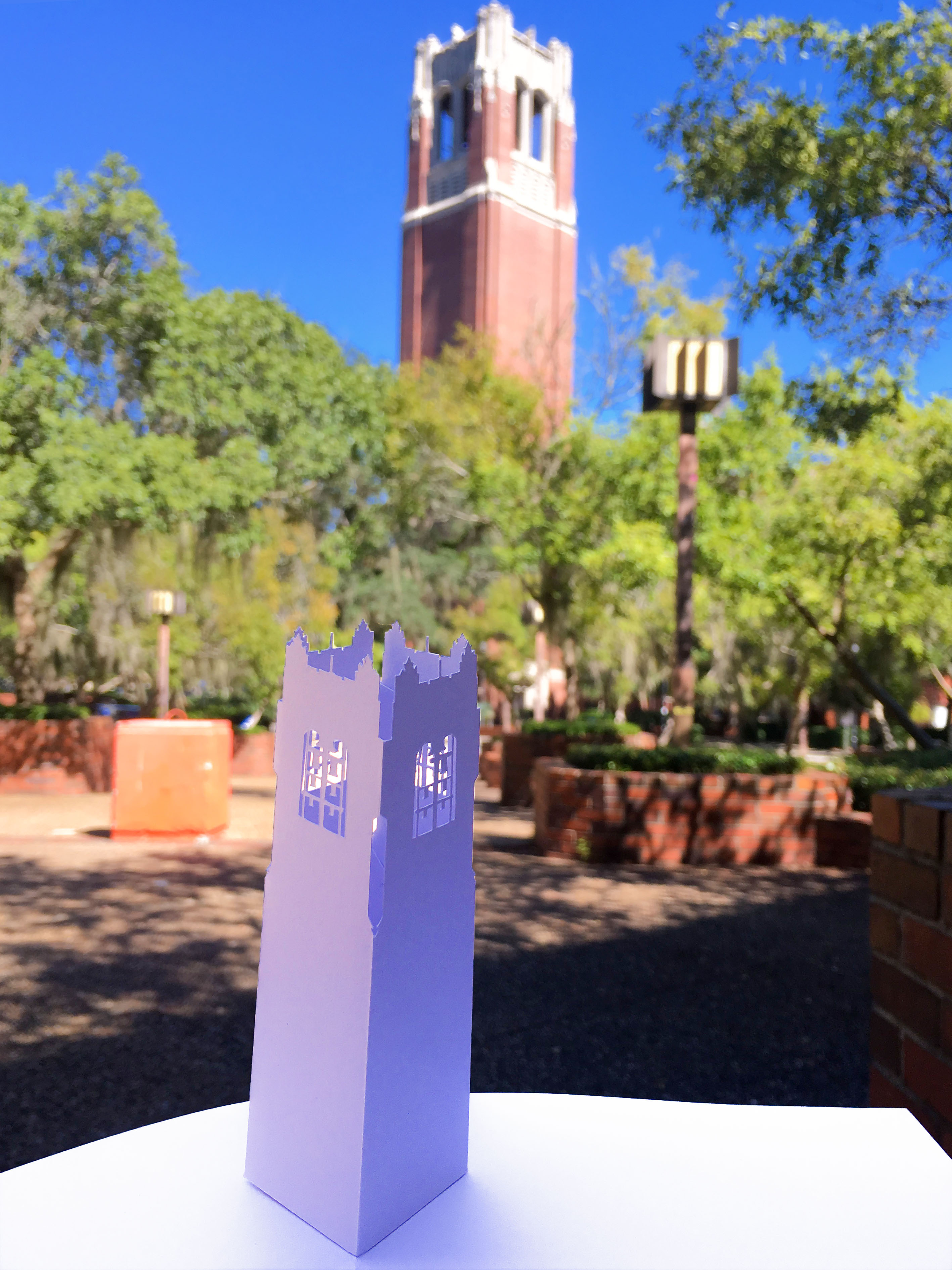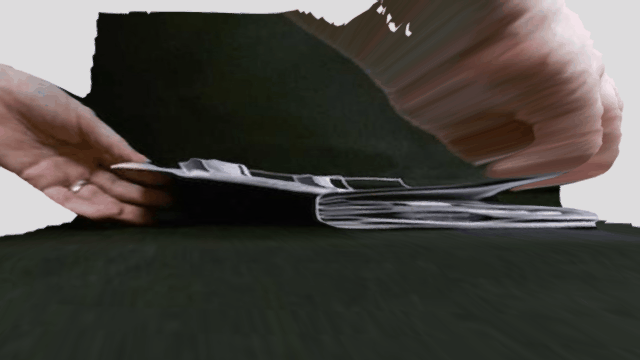Research Statement
 My academic persona, the “makeademic,” emphasizes experimentation to advance knowledge at the intersections of book history, digital humanities, and design. My research approach is inspired by innovations in critical making, placing emphasis on the process of making as an act of invention as well as creating prototypes that argue. In particular, I am interested in amalgamating old/analog technologies like metalsmithing, letterpress, and hand bookbinding with new/digital media like 3D printing, Arduinos, and virtual reality.
My academic persona, the “makeademic,” emphasizes experimentation to advance knowledge at the intersections of book history, digital humanities, and design. My research approach is inspired by innovations in critical making, placing emphasis on the process of making as an act of invention as well as creating prototypes that argue. In particular, I am interested in amalgamating old/analog technologies like metalsmithing, letterpress, and hand bookbinding with new/digital media like 3D printing, Arduinos, and virtual reality.
I am also invested in the work of uncovering media histories of nonstandard book objects, modeled after Lisa Gitelman’s approach in Paper Knowledge: A Media History of Documents. Some artifacts I regard as nonstandard book objects include touch-and-feel books, pop-up books, artists’ books, and treasure bindings (books bound in precious metals, gems, or ivory carvings). The dimensionality and the materiality of these books make them incredibly fascinating, but also incredibly difficult to digitize. When books are neglected in digitization projects, they can also be neglected in scholarly conversations because of their rarity or inaccessibility.  In my Unique Codex Digitization Project, I argue that digital humanists can apply emerging technologies to create digital replicas of books that could be valuable to GLAMs (galleries, libraries, archives, and museums), other academic scholars, and enthusiasts. Since artists’ books and treasure bindings are rare and touch-and-feel books and architectural pop-up books are copyrighted material, I taught myself how to make one-of-a-kind books so that I have full access to creating digital replicas. I argue that different types of books require different digitization approaches. For example, for my pop-up book, I argue that the mechanics of opening over time in 3D requires a 4D approach, so I experimented with virtual reality software and the Microsoft Kinect depth camera to create a volumetric capture of each page spread opening. For my treasure binding, I argue that the dimensionality of the binding itself is most important, and so I 3D scanned and printed a tactile replica that can be experienced through touch by people with low vision. In these efforts, I argue that the materiality of the book has always been important, that digitization has always meant making design choices at the expense of one or more aspects, that one of the most important ways we can learn is by doing, and that these works are best done when informed by collaborations of humanities and technology.
In my Unique Codex Digitization Project, I argue that digital humanists can apply emerging technologies to create digital replicas of books that could be valuable to GLAMs (galleries, libraries, archives, and museums), other academic scholars, and enthusiasts. Since artists’ books and treasure bindings are rare and touch-and-feel books and architectural pop-up books are copyrighted material, I taught myself how to make one-of-a-kind books so that I have full access to creating digital replicas. I argue that different types of books require different digitization approaches. For example, for my pop-up book, I argue that the mechanics of opening over time in 3D requires a 4D approach, so I experimented with virtual reality software and the Microsoft Kinect depth camera to create a volumetric capture of each page spread opening. For my treasure binding, I argue that the dimensionality of the binding itself is most important, and so I 3D scanned and printed a tactile replica that can be experienced through touch by people with low vision. In these efforts, I argue that the materiality of the book has always been important, that digitization has always meant making design choices at the expense of one or more aspects, that one of the most important ways we can learn is by doing, and that these works are best done when informed by collaborations of humanities and technology.
The potentials to expand this project include more collaborations with special collections libraries and museums to enhance digital access to their artifacts as well as with software engineers to create dedicated technologies and workflows for book digitization. In addition, I am interested in how books are portrayed and recreated in popular culture.  I argue that the authenticity of the materiality of in-universe tie-in books from some of the largest media franchises, Disney and the Wizarding World, enhances the value for fans. This connection is achieved by replicating the tactile experience that the characters have with the books: whether through the intimacy of handwriting in a small leather-bound book (Tales of Beedle the Bard) or through the interactivity of solving cryptograms and revealing blacklight messages (Gravity Falls Journal 3). Future research interests include augmenting books with physical computing and digital fabrication like Jie Qie’s electronic popables, Tiffany Chan’s 3D print(mak)ing, and Kari Kraus’ bibliocircuitry in order to revisit our understanding of material book history and speculatively design the future of the book.
I argue that the authenticity of the materiality of in-universe tie-in books from some of the largest media franchises, Disney and the Wizarding World, enhances the value for fans. This connection is achieved by replicating the tactile experience that the characters have with the books: whether through the intimacy of handwriting in a small leather-bound book (Tales of Beedle the Bard) or through the interactivity of solving cryptograms and revealing blacklight messages (Gravity Falls Journal 3). Future research interests include augmenting books with physical computing and digital fabrication like Jie Qie’s electronic popables, Tiffany Chan’s 3D print(mak)ing, and Kari Kraus’ bibliocircuitry in order to revisit our understanding of material book history and speculatively design the future of the book.